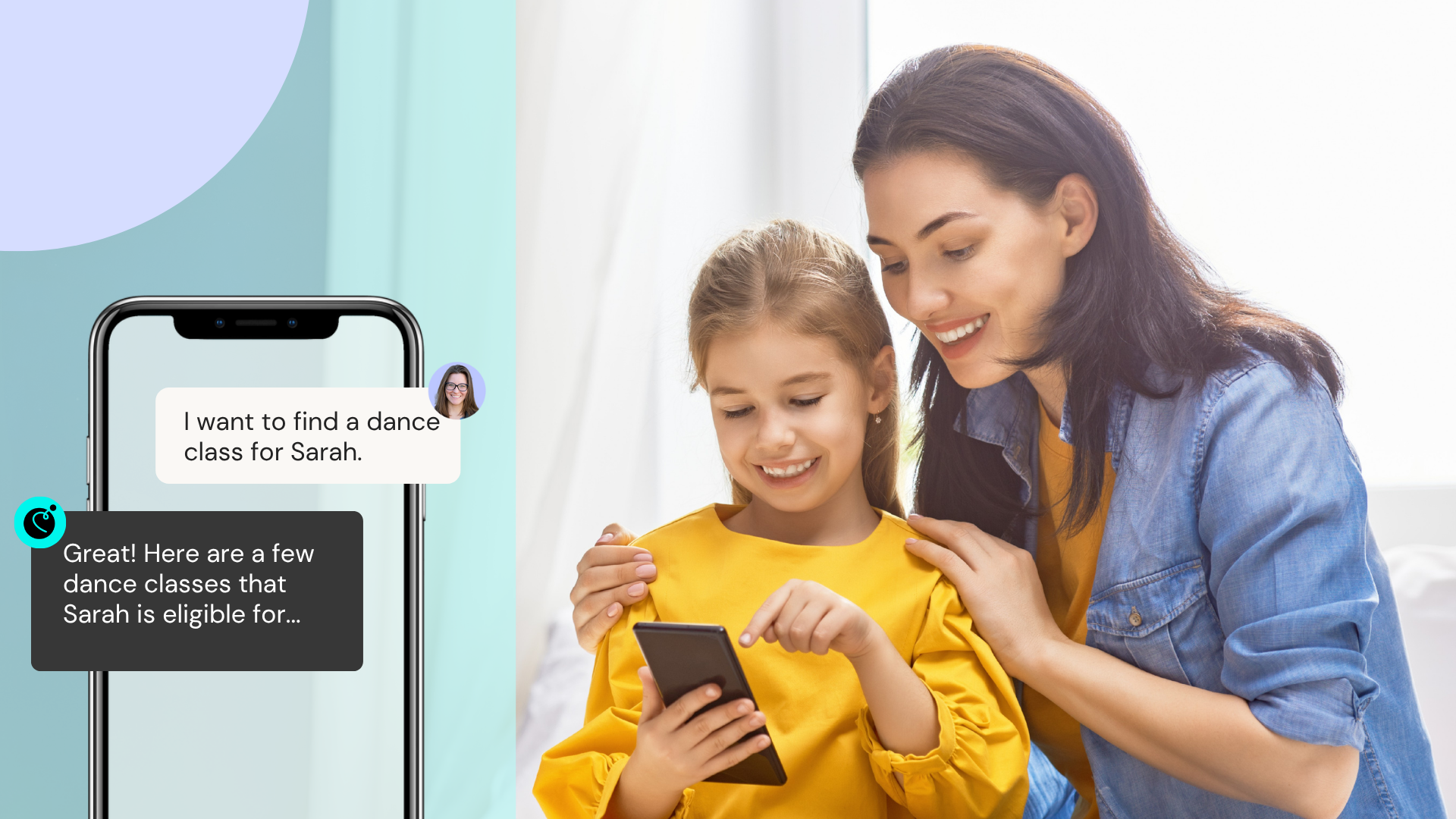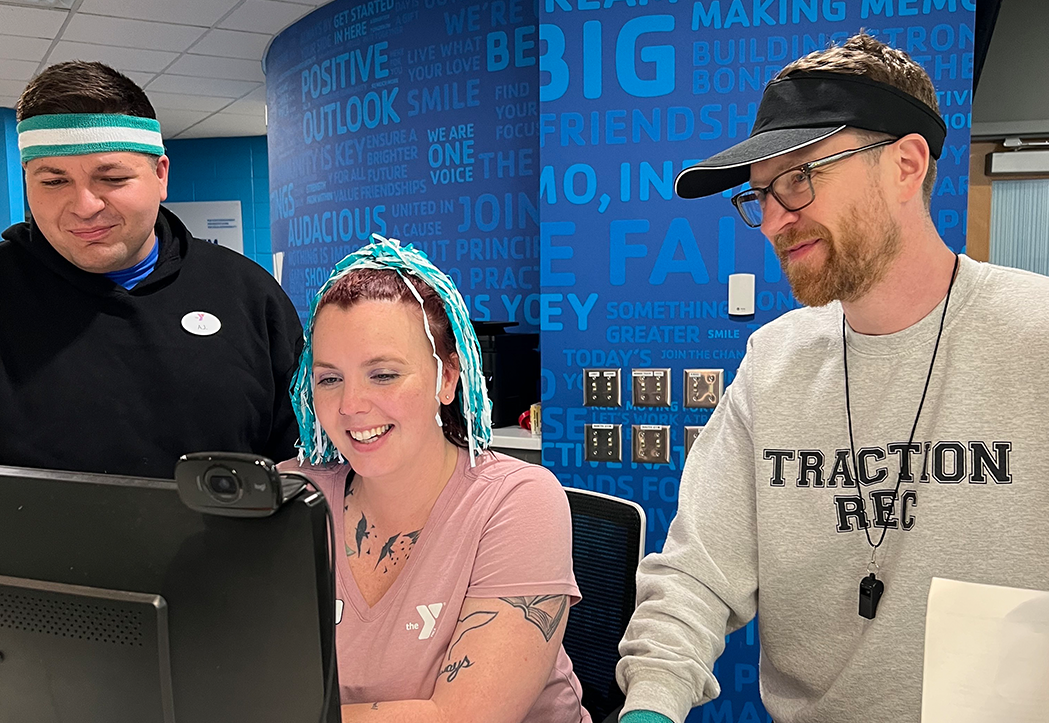AI seems to be everywhere these days. Greeting you on retail websites, answering questions on your bank’s app, or offering support through an airline’s chat window. These digital helpers promise quick answers and instant convenience.
But if you’ve ever asked a chatbot a question and gotten a generic link or an unhelpful “I’m not sure,” you know the frustration. Chatbots can be useful, but they often feel limited, mechanical, and, well… not that helpful. The truth is, not all AI is the same.
Some tools can only repeat what they’ve been told, while others can truly understand, adapt, and take action. And for community-focused organizations like YMCAs, JCCs, and recreation centers, that difference really matters. Members and families want more than quick replies. They want clear options, real support, and experiences that still feel personal, even when they’re digital. That’s where the next generation of technology comes in: Agentic AI.
Chatbots are helpful. But only up to a point
If you’ve ever tried to register for a program, check a class schedule, or renew a membership online, you know the feeling: chatbots can be helpful. Until they’re not.
Most people’s first experience with “AI” is through one of these simple chatbots. They’re programmed with pre-set responses designed to handle predictable questions.
Here’s what that looks like in action:
- A member asks, “What time does the pool open today?” or “When are yoga classes available?”
- A parent messages, “When does summer camp start?” or “Which weeks are still open?”
- Or someone says, “I want to renew my membership.”
The chatbot responds with what it knows. It shares hours, links to class schedules, or a webpage. But if the conversation goes deeper, like “Which classes fit my schedule?” or “Does my child have the right pre-requisites in order to register?” the chatbot hits its limits. It doesn’t have access to your systems or context, so it can’t personalize its help.
So it does what it can: sends a link, gives a general response, or passes the chat to a staff member. Or worse, it tells you to call instead. After a few clicks and canned replies, you’re right back where you started, picking up the phone for something that should have been simple.
Chatbots are great at answering the questions they’ve been told to expect. But when a conversation goes off-script, they can’t adapt. They’re reactive, not relational. They are able to share information, but not truly understand people.
How Agentic AI actually gets things done
Now imagine that same parent saying, “Help me register Ella for summer camp.” Instead of sending a link, an Agentic AI system understands the intent behind the message and can actually take steps to help. It might:
- Recognize who the parent is and find their family account
- Check past registrations and recommend the best-fit programs
- Review real-time availability for upcoming sessions
- Confirm eligibility or apply discounts
- Complete the registration or add Ella to the waitlist
This is where the real shift happens.
Agentic AI goes beyond conversation. It takes action.
It understands context, draws from live (trusted and protected) data, and completes meaningful tasks on behalf of the user.
And while it sounds advanced, its purpose is simple: to make interactions easier and more human. It’s not about replacing staff or removing personal touch. It’s about taking care of the repetitive steps so people can get what they need faster, with fewer roadblocks.
Why Agentic AI feels different and works smarter
Here’s a simple way to think about it:
The key difference is connection. Chatbots live on the surface. They can talk, but they don’t know your members.
Agentic AI connects directly to your organization’s data, so it can understand and act within real processes like registration, membership, or scheduling. That connection is what turns a simple answer into a real solution.
Not all AI Agents are created equal!
Many AI tools connect through third-party integrations or external platforms, which means data has to move between systems, often sacrificing accuracy, security, or real-time visibility. Traction Rec’s Agentic AI is different. It’s built on-platform, directly within Salesforce, so it works with your existing data, rules, and workflows. No add-ons or external tools required. That means every action is secure, accurate, and aligned with how your organization already operates. The result: an AI experience that’s truly connected to your community, not just connected to your website.
Making experiences effortless is what matters
For your members and families, that means less back-and-forth. Questions lead to outcomes, not just information.
- A parent can register for a program in one conversation.
- A member can update their details without filling out a form.
- A donor can confirm a pledge with one simple message.
Every interaction feels smoother, more personal, and more human. Even when it’s handled by AI. And that’s the real promise of this technology: making community experiences feel effortless, not artificial.
<iframe width="560" height="315" src="https://player.vimeo.com/video/1118842409?badge=0&autopause=0&player_id=0&app_id=58479" title="Streamline registration for busy families with AI" frameborder="0" allow="accelerometer; autoplay; clipboard-write; encrypted-media; gyroscope; picture-in-picture; web-share" allowfullscreen></iframe>
What’s next? How AI will support staff, too
AI doesn’t stop at improving the member experience. Its potential reaches far beyond that. The same technology that can help users register for programs or get quick answers can also empower the staff who make those experiences possible.
Imagine being able to ask:
- “Show me program trends for the last three months.”
- “Which classes are at capacity this week?”
- “Who hasn’t renewed their membership yet?”
AI can do more than provide answers. With the right context, it can make those answers actionable turning information into insight and helping staff take the next step faster. The same intelligence that creates effortless experiences for members can help teams uncover patterns, anticipate needs, and make confident, informed decisions.
The smarter side of AI for community and recreation organizations
Not all AI is built the same way. Chatbots follow rules. Agentic AI follows context. By connecting directly to your organization’s data and systems, AI Agents (powered by platforms like Agentforce) can deliver a more meaningful, efficient, and human-centered experience for both your members and your team. Because when technology truly understands your community, it doesn’t just talk. It helps!























